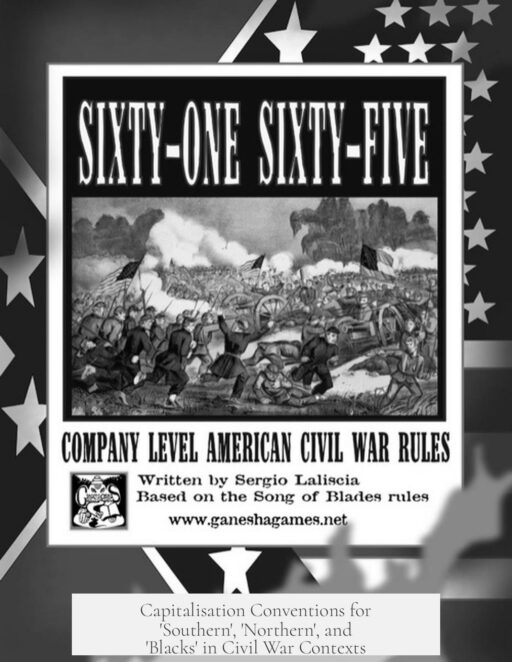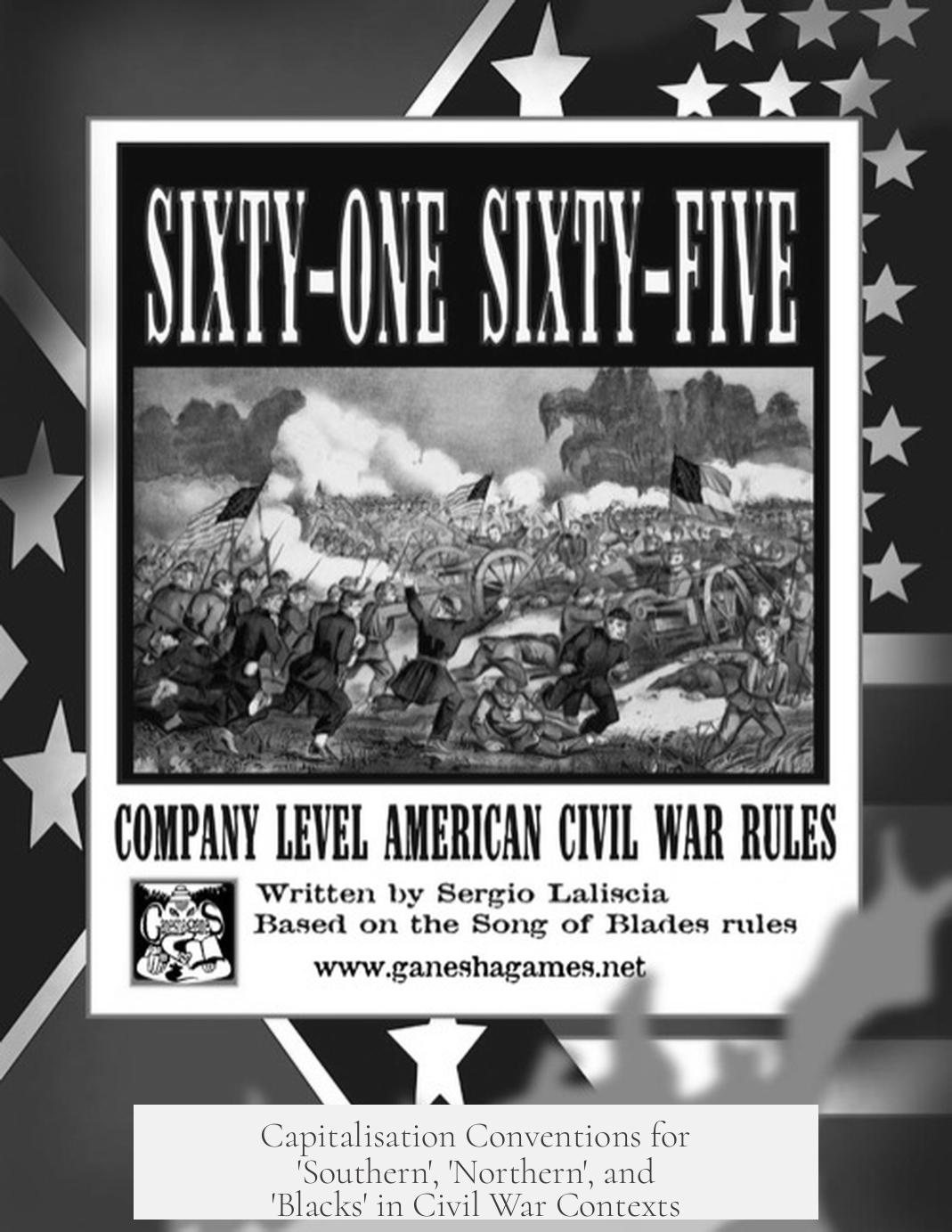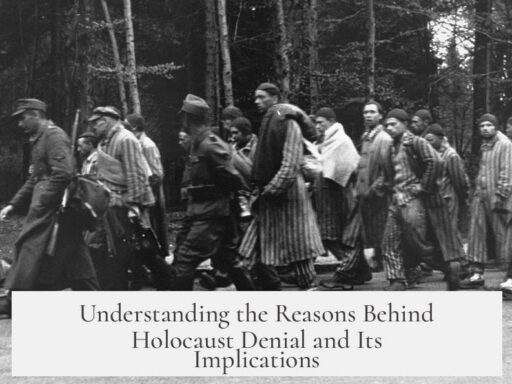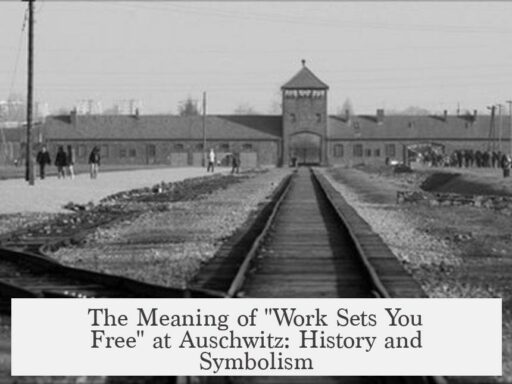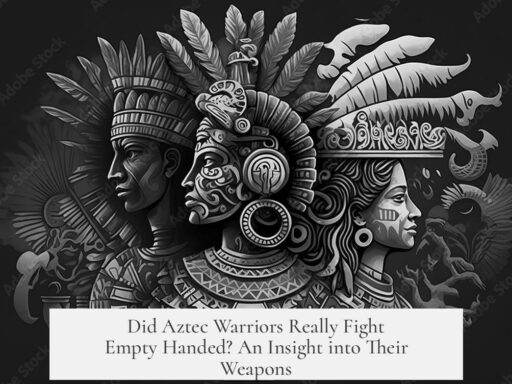In Civil War contexts, the words ‘Southern’, ‘Northern’, and ‘Blacks’ follow specific capitalization conventions shaped by historical, stylistic, and cultural factors. Proper nouns referring to regions and political entities receive capitalization, while terms relating to race involve nuanced editorial decisions.
First, the terms North and South are capitalized when referring to the Civil War factions. They function as proper nouns naming the geographic and political sides in the conflict. The Chicago Manual of Style and other authorities agree that North and South should thus always be capitalized in this context. This distinction highlights the clear division between the Union and the Confederacy during the war.
In contrast, words derived from these proper nouns—northern and southern—also tend to be capitalized in Civil War-related writing, albeit less consistently. Sources such as the Chicago Manual of Style suggest capitalizing ‘Northern’ and ‘Southern’ when they refer explicitly to people, armies, or cultural aspects associated with the war. This practice indicates a proper adjective usage, marking association with the historically significant sides. However, some writers might use lowercase forms depending on tone or stylistic choice.
The term Union also receives capitalization when it denotes the United States government and military opposing the Confederacy during the Civil War. It works as a proper noun identifying a unique political and military entity. Thus, ‘Union’ is capitalized when referring to the northern part of the Civil War conflict but not necessarily in other general uses.
Race-related terms are more complex and controversial in their capitalization. The word Black is widely capitalized in current formal writing, especially in contexts discussing historical or cultural identity. This practice aligns with styles such as the Associated Press (AP), Chicago Manual of Style, and the American Psychological Association (APA). Capitalizing Black acknowledges a distinct cultural and historical identity, particularly for African Americans whose ancestry traces back to enslaved peoples in the United States.
The rationale for capitalizing Black includes recognition of shared cultural, linguistic, and religious experiences shaped by centuries of systemic oppression, slavery, and segregation. Furthermore, ‘Black’ serves to distinguish African Americans from recent African immigrants, whose cultural backgrounds differ markedly. This helps avoid conflating very different historical experiences under one umbrella term.
In contrast, the term white is often treated differently. Many style guides and authors choose lowercase for ‘white’ when referring to race. This reflects the historical fluidity of ‘whiteness’ as a social construct rather than a stable cultural identity. Whiteness has evolved over time to include or exclude groups like Italians, Eastern Europeans, Irish, and Jews at different points in U.S. history. Unlike Black identity, there is no single culture or historical experience that unifies all white people.
For example, during the Civil War era, some ethnic groups commonly excluded from whiteness challenged the notion of a fixed racial category. The term white thus functions more as a political and social category than a cultural or ethnic one. This explains why some style guides prefer lowercase white to emphasize its constructed and variable nature.
Guidance varies by publication and context, so writers covering the Civil War should consult relevant style manuals or editorial policies. In academic or journalistic contexts, following the AP or Chicago Manual of Style is common. When no guidance exists, consistency is paramount. Using capitalized Black and lowercase white respects both cultural identities and historical nuances.
| Term | Capitalization in Civil War Context | Reasoning |
|---|---|---|
| North | Capitalized | Proper noun naming Civil War faction |
| South | Capitalized | Proper noun naming Civil War faction |
| northern | Often capitalized | Adjective referring to Civil War-related aspects |
| southern | Often capitalized | Adjective referring to Civil War-related aspects |
| Union | Capitalized | Proper noun for US side in Civil War |
| Black | Capitalized (recommended) | Recognizes cultural and historical identity |
| white | Lowercase (commonly) | Reflects fluid, social construct nature |
- North and South are capitalized as proper nouns naming Civil War factions.
- Northern and Southern often receive capitalization when linked to the war’s context.
- Union is capitalized when referring to the United States government or military in the Civil War.
- Black is capitalized to respect a distinct cultural and historical identity.
- white is commonly lowercase, reflecting its shifting social and political definitions.
- Styles vary, so checking specific editorial or academic style guides is recommended.
‘Southern’, ‘Northern’, and ‘Blacks’: Navigating Capitalisation in Civil War Contexts
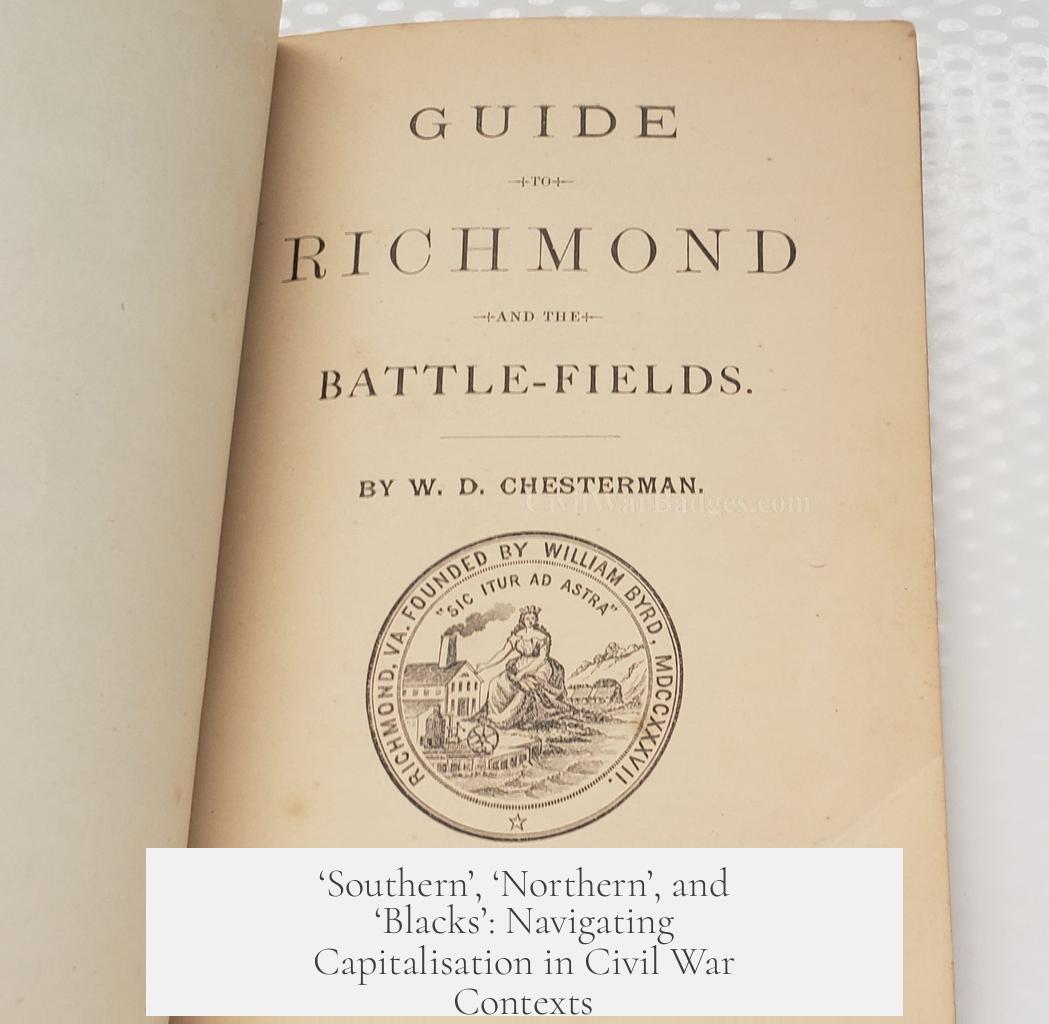
When diving into the intricacies of Civil War-era writing, one question repeatedly pops up: How do we capitalise terms like Southern, Northern, and Blacks? The answer is not just a dull rule from a style manual; it’s a mix of historical context, sensitivity, and clarity. Let’s unpack these conventions to get you confidently writing about the Civil War without tripping over your caps lock.
Why Capitalise ‘North’ and ‘South’?

If you see “North” and “South” in Civil War texts capitalised, that’s no accident. In this context, they function as proper nouns. They’re not just directions on a compass but names of distinct entities. So, you write “The South fought to preserve slavery”, not “the south.”
This usage matches the practice of referring to countries or formal groups, because during the Civil War, “North” and “South” symbolised entire regions with unique identities and political goals. Readers instantly know you mean the Confederate States when you say “the South” and the Union States when you say “the North.”
‘northern’ and ‘southern’: Lowercase or Uppercase?

This one’s trickier. You might see “southern” or “northern” not capitalised in casual writing. But the Chicago Manual of Style nudges you to capitalise these adjectives when they describe Civil War regions. So, “The Southern strategy involved…” looks better than “the southern strategy.”
Conventional enough, but not as ironclad as “North” and “South.” You could consider capitalising “Northern” or “Southern” as a nod to their importance, but know it isn’t universally required. In short, if you want to be safe and perceived as professional, capitalise them.
What about the ‘Union’?
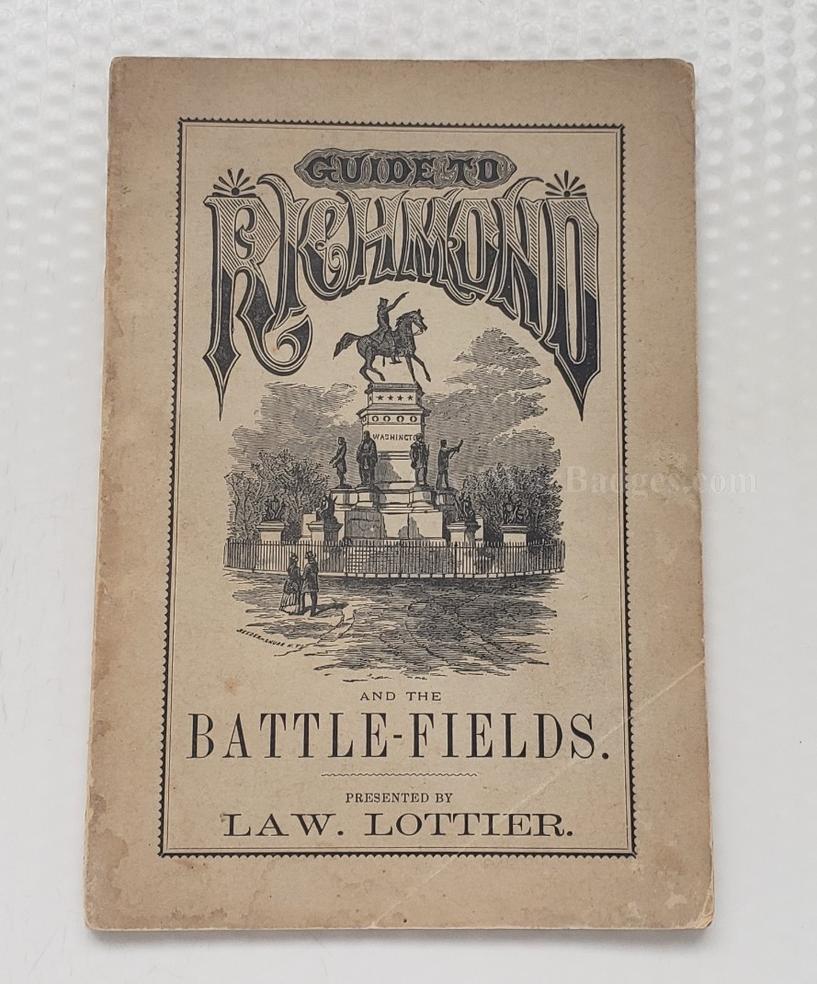
Like “North” and “South,” “Union” is capitalised when referring to the United States during the Civil War period — basically, the states opposing the Confederacy. Writing “The Union army advanced” is correct. Writing “union army” feels off because here “union” is less an abstract descriptive term and more a formal name.
The Capitalisation Conundrum: ‘Blacks’ and ‘Whites’
This topic fires up debate like a cannon blast.
Some writers and style guides capitalise both “Black” and “White” in racial contexts — Chicago and APA advocate this. Others, like the Associated Press, capitalise “Black” but keep “white” lowercase. Still others say it’s a matter of personal or editorial choice, just be consistent.
Why the fuss? It’s not just about fonts; it’s about respect, history, and accuracy.
Why Capitalise ‘Black’?
Most African Americans descend from slaves brought over during the transatlantic slave trade. These individuals often lost tremendous parts of their cultural and linguistic heritage but forged a new, distinct cultural identity in America. “Black,” capitalised, recognises that unique identity and shared history without solely defining individuals by their ancestral origins in Africa.
By contrast, “African-American” can be limiting or confusing. It lumps all African descent together, from recent Nigerian immigrants to descendants of enslaved people, who have rather different histories and cultural experiences. Using “Black” respects this nuance.
Plus, because significant African immigration to the US happened mainly after 1965, you won’t confuse historical Civil War-era African heritage with present-day African immigrant identities by using “Black.”
Why Keep ‘white’ Lowercase?
“White” is considered less a culture and more a shifting category historically. Ethnic groups once excluded from “whiteness”—Italians, Irish, Eastern Europeans—later became part of it. In the 1800s and during the Civil War era, definitions of “white” changed based on social and political needs.
For example, many minorities were excluded from the “white” category for political reasons, making “white” a broader and more fluid term rather than a cultural identity with a shared history. This distinctiveness is why “white” is often written lowercase, unlike “Black.”
A Balancing Act: What Should You Do?
- When writing about the Civil War, always capitalise “North,” “South,” and “Union.”
- Capitalise “Northern” and “Southern” when used as adjectives to describe Civil War regions for clarity and formality.
- For racial terms, follow your style guide. If none is specified, capitalise “Black” and lowercase “white” to reflect contemporary cultural understandings.
- Be consistent throughout your piece.
Still wondering why a simple capital letter can raise so many questions? Because language evolves with society. What we capitalise signals what we respect and recognise. In Civil War writing, these conventions help strike the right balance between historical accuracy and cultural sensitivity.
For example, a historian writing about Abraham Lincoln’s plan might say, “The Northern states mobilized rapidly, but the South resisted fiercely.” Or when discussing racial experiences: “Black soldiers faced both fight and discrimination, while many white soldiers grappled with shifting definitions of identity.”
These small decisions make the difference. You’re not just writing history; you’re communicating respect for complex identities and events.
Final Thought: What Does This Mean for You Today?
Writing about “Southern,” “Northern,” and “Blacks” during the Civil War isn’t just about following rules. It’s about telling a sensitive story well. Capitalisation conventions help signal respect and clarity in sharing that story.
Next time you sit down to write about the Civil War or race in America, ask yourself: Does my capitalisation match the significance of the subject? Am I respecting history and culture? If yes, you’re on the right track.
